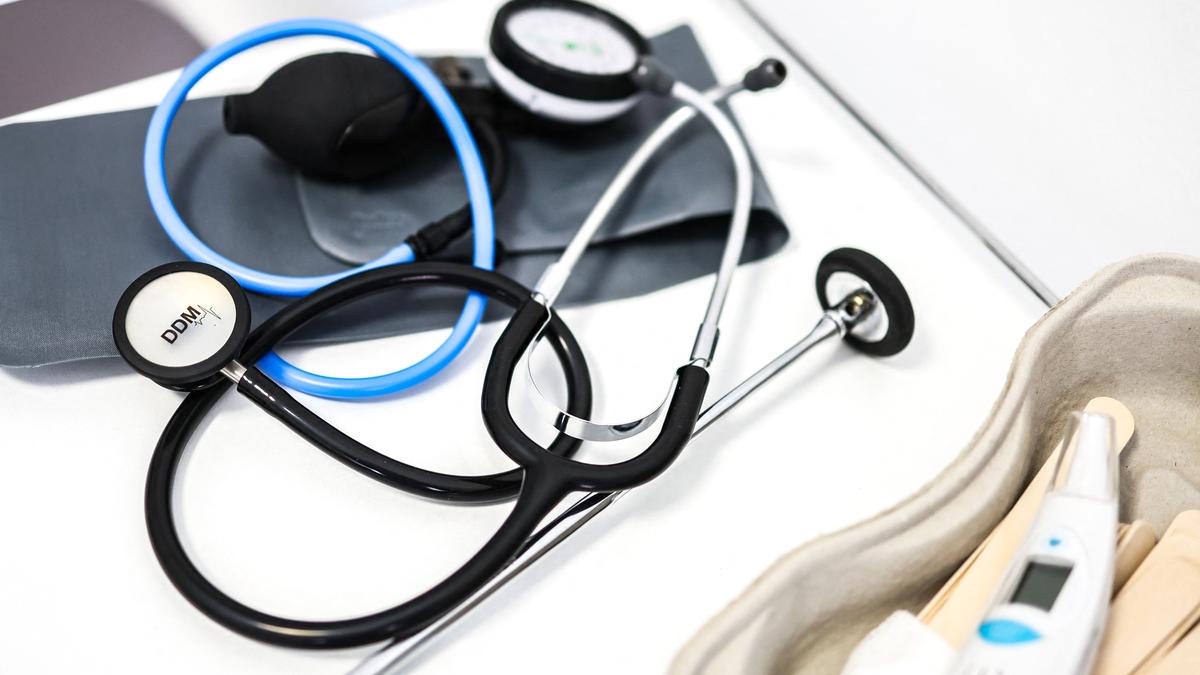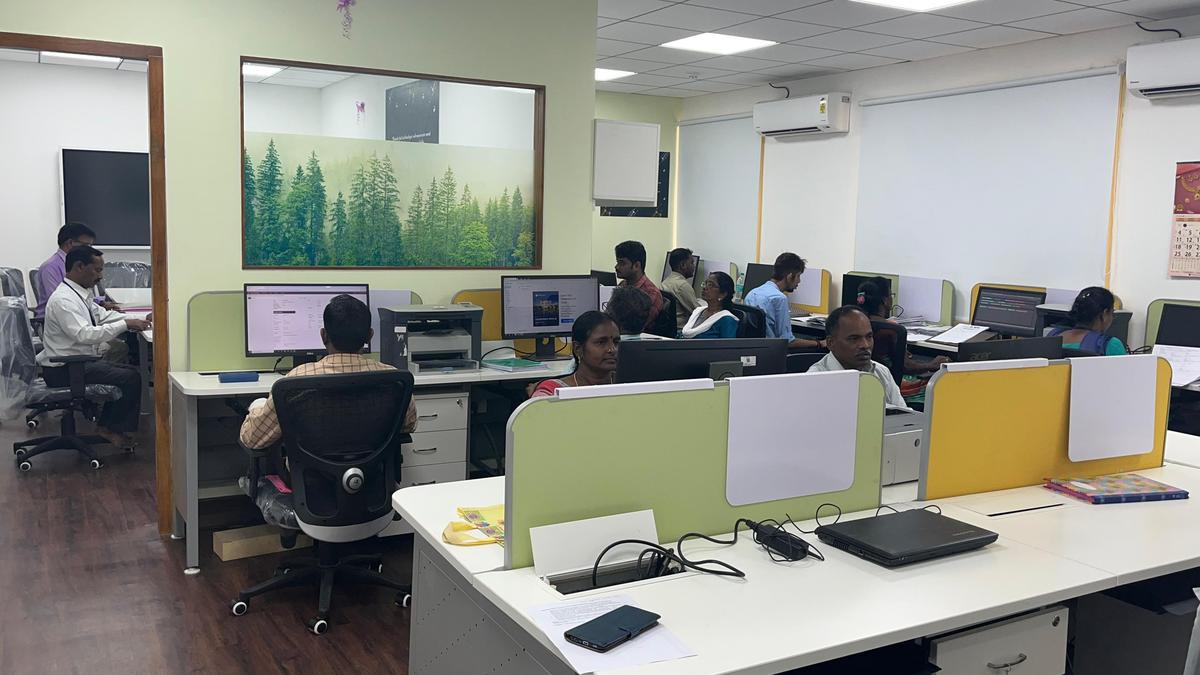Why doctors still rely on the stethoscope in the age of AI

Have you wondered why, at every hospital visit, the doctor still reaches for a stethoscope before ordering tests or scans? In the era of Artificial Intelligence (AI) and precision medicine, this instrument continues to hold its place as the first line of assessment, offering immediacy that no machine can yet replicate.
The stethoscope was invented in 1816 by French physician René Laennec to improve the examination of heart and lung sounds, which were previously heard by applying one’s ear directly to the patient’s chest. The stethoscope’s relevance lies in its ability to provide detailed clinical information non-invasively, enabling early diagnosis and monitoring of conditions.
Listening to the body
“Every sound transmitted through the stethoscope has clinical significance,” says Jayaraman S., senior consultant, pulmonary medicine, MGM Healthcare, Chennai. “Auscultating the chest can help us understand the risks a patient may be facing in the heart or lungs. Despite advances in imaging and AI, the stethoscope remains the gold standard in bedside examination.”
The instrument allows doctors to detect a wide range of abnormalities. K. Thiruppathi, senior consultant, pulmonology, SIMS Hospital, Chennai, describes it as the doctor’s “first set of eyes and ears on the inside of the body.” Murmurs, irregular rhythms, extra beats, or reduced breath sounds can all be picked up within seconds. In the lungs, it can reveal wheezing or crackles that point towards asthma, pneumonia or fluid build-up. Even the simple act of measuring blood pressure or listening to bowel sounds depends on it.

Where it falls short
But the instrument has limits. A stethoscope cannot reveal small valve defects, early-stage tumours or clots in the lung. For such structural detail, doctors turn to echocardiography, X-rays or CT scans. As Dr. Thiruppathi explains, “It serves as an initial screening tool. It cannot replace imaging but it helps us narrow down possibilities quickly and cost-effectively.”
Elakiya Mathimaran, consultant pulmonologist, VS Hospitals, Chennai, adds that auscultation is always the starting point. “Of course, the stethoscope will not show me a small clot or tumour. That is where advanced imaging or AI steps in. But the stethoscope is the first step before further investigations.”
A symbol of trust
Beyond its clinical use, the stethoscope continues to play a cultural role in medicine. “When I place it on a patient’s chest, it signals attentiveness. It reassures them,” says Dr. Mathimaran. “Many patients feel the consultation is incomplete if the stethoscope is not used.”
Dr. Thiruppathi agrees, calling it a ‘symbol of care and trust’ that creates a personal connection. For many patients, the act of a doctor listening with a stethoscope is the most visible sign that they have been examined with care.
Digital shift
Technology is reshaping the way auscultation is performed too. Digital and AI-enabled stethoscopes now offer amplification, recording and the ability to share sounds for consultation. Some models are already integrated with algorithms that can identify abnormal heart murmurs or classify lung sounds with high accuracy.
Recent studies published in The American Journal of Medicine and Respiratory Research have shown that AI-powered stethoscopes can detect aortic valve disease or pathological breath sounds in children with sensitivities of over 85% and specificities close to 100%. They also allow sounds to be stored, replayed and analysed remotely, making them useful in telemedicine and teaching.
Electronic stethoscopes, research shows, perform better in patients living with obesity where conventional auscultation can be difficult. They can also reduce variability between clinicians by capturing and standardising sounds. However, they come with challenges: higher cost, the need for training, and dependence on reliable connectivity in some cases.
Despite these advances, the transition to AI tools in India will take time. As Dr. Jayaraman notes, clinical examination continues to be at the heart of medical practice here. “In another five to ten years, AI systems may become more prevalent. But in India, where clinical examination is central, the conventional stethoscope will continue to coexist with its digital counterpart,” he says.
The World Health Organization has also underlined the enduring value of clinical examination, especially in resource-limited settings. While AI can support screening and diagnosis, auscultation remains indispensable as a first step in patient evaluation.
Enduring presence
Portable, affordable and immediate, the stethoscope continues to bridge medicine’s past and future. For doctors, it is both a diagnostic instrument and a symbol of presence. For patients, it is reassurance that someone is listening, literally. As technology advances, both traditional and digital stethoscopes are likely to coexist, one as a timeless tool of care and the other as an adjunct offering new precision.
For now, the familiar sight of a doctor’s stethoscope pressed against the chest remains one of medicine’s simplest and most enduring ways of paying attention to patients.
Published – October 02, 2025 02:18 pm IST


